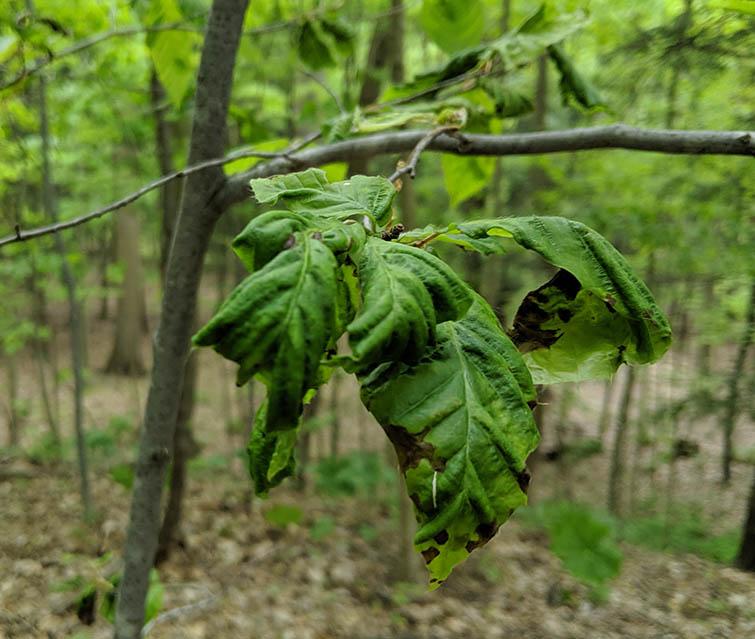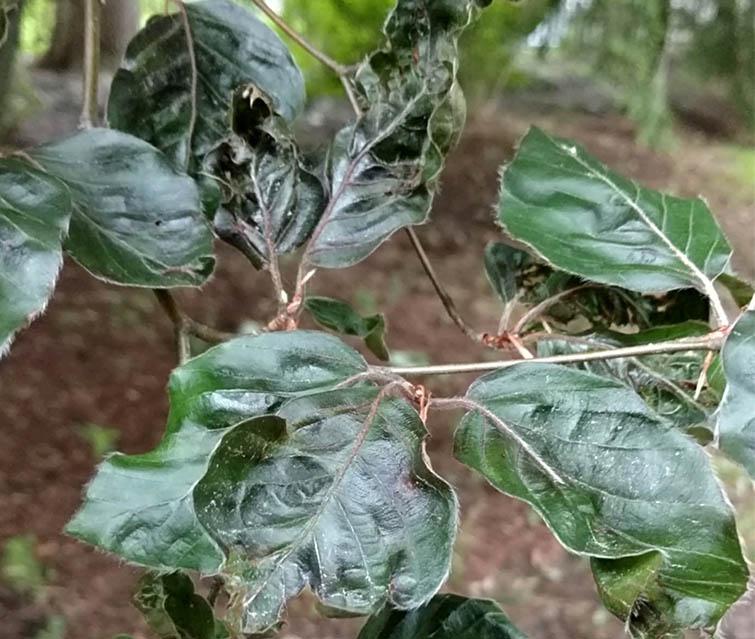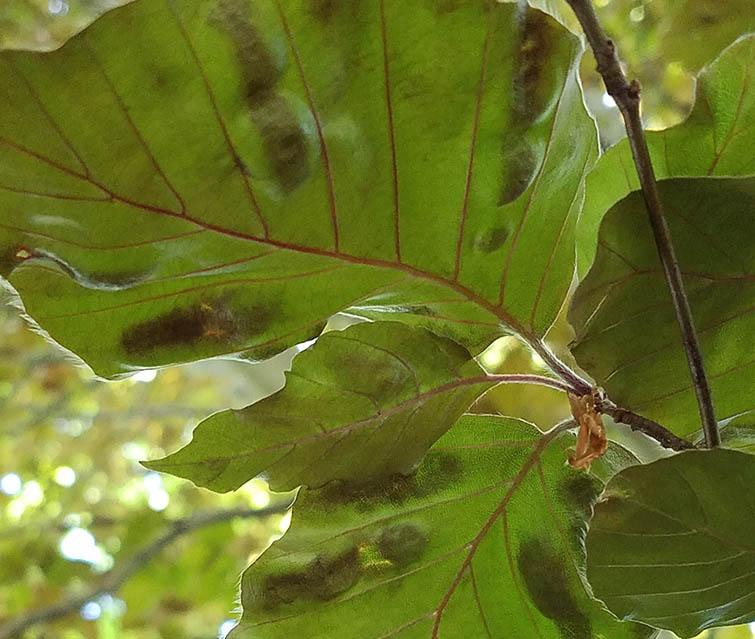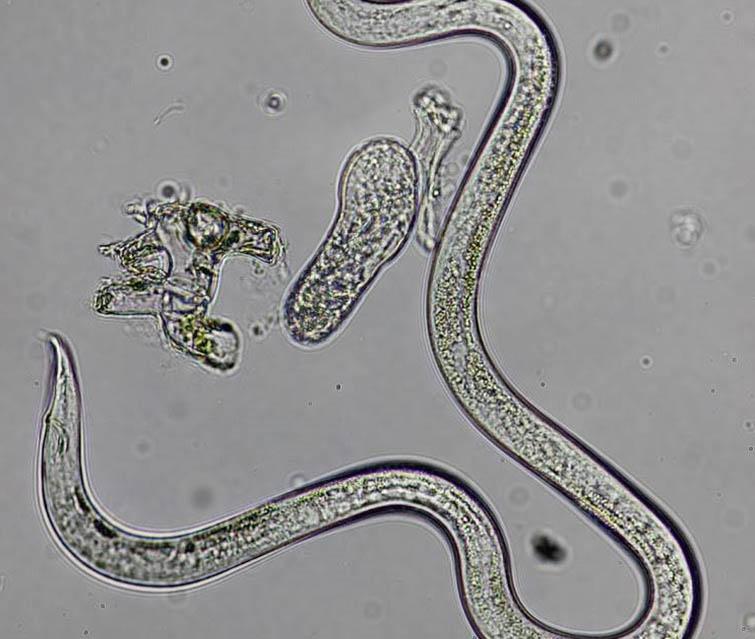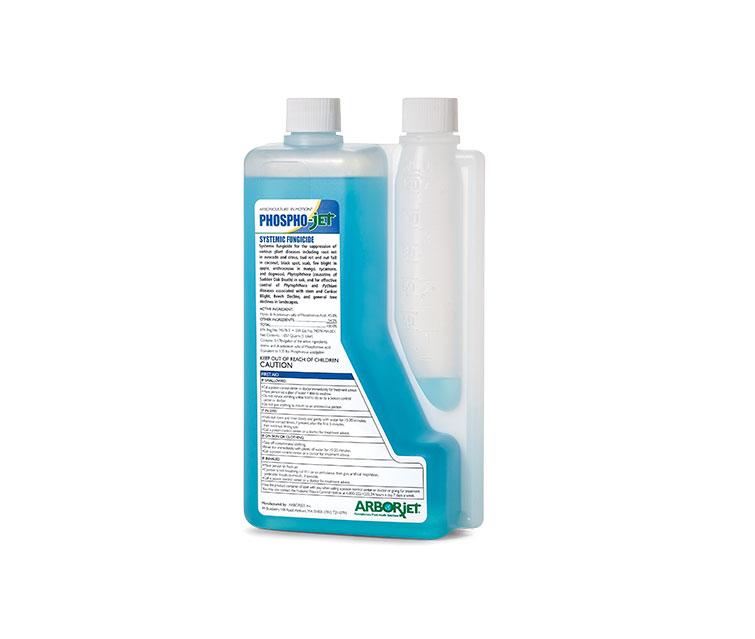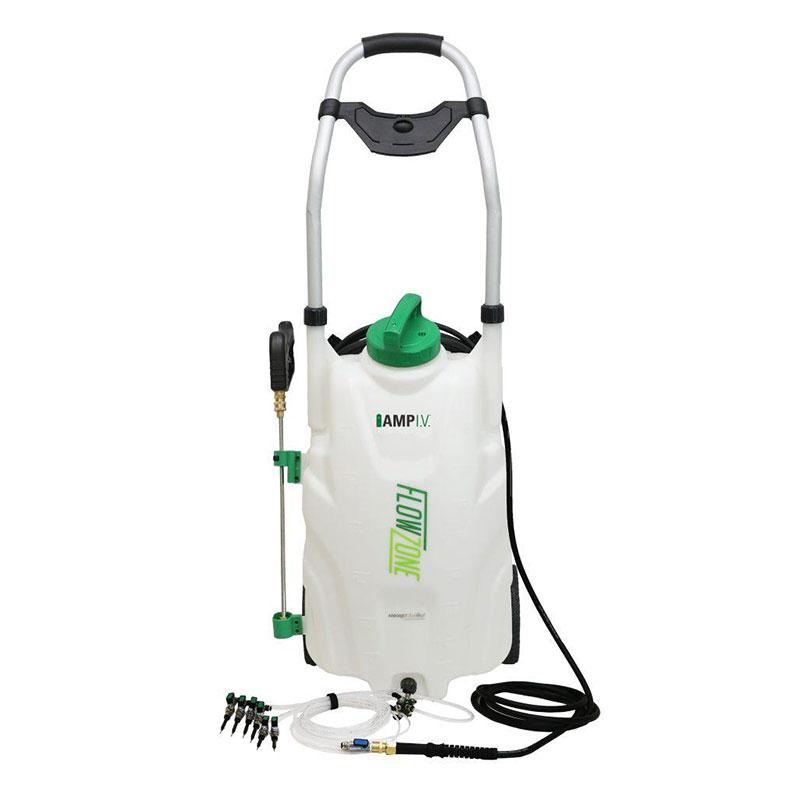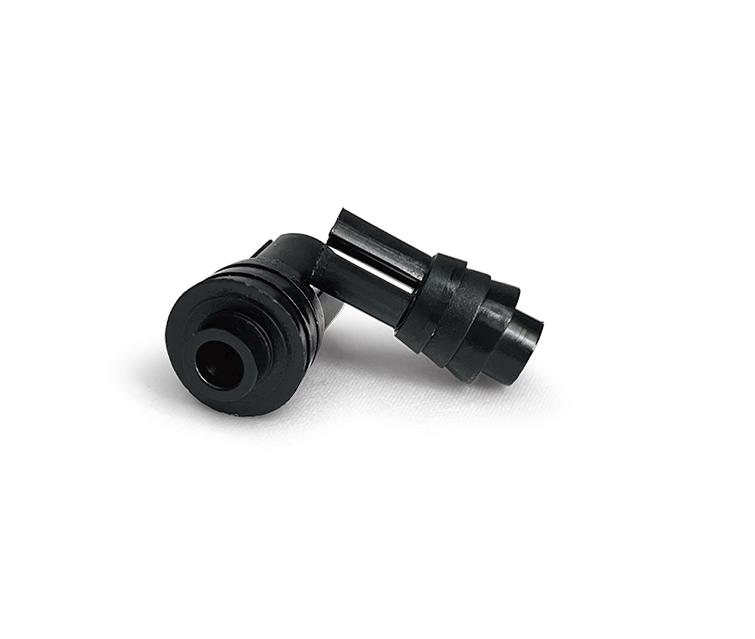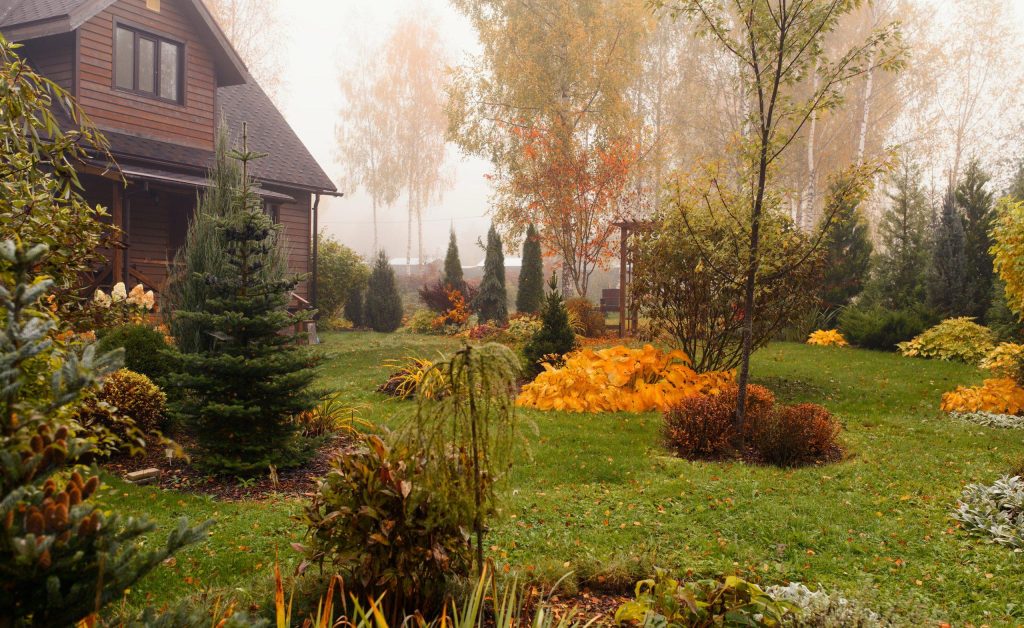Beech Leaf Disease
Beech Leaf Disease (BLD) is a new disease of beech trees (Fagus spp.) that has been identified and observed in forest areas in Eastern USA and Canada. The cause of this disease is a foliar nematode species, Litylenchus crenatae mccannii, which infects leaf buds and adversely affects their development. It overwinters in buds and spreads via nursery stock, bird droppings, or human-mediated movement.
Common Symptoms
Early symptoms of BLD include dark-green striped bands between lateral veins of leaves and reduced leaf size. Banded areas usually become leathery-like, and leaf curling is also observed. As symptoms progress, aborted buds, reduced leaf production, and premature leaf drop lead to an overall reduction in canopy cover, ultimately resulting in death of sapling-sized trees within 2-5 years and of large trees within 6 years. In areas where the disease is established, the proportion of symptomatic trees can reach more than 90%. However, it is noted that some variability in susceptibility has been observed among beech trees.
Treatments
Research data indicates that trees treated with PHOSPHO-jet have significantly fewer nematodes and exhibit improved foliage condition compared to untreated checks. Treatments should be made from June–September when nematodes migrate to the buds. Use a 1:2 dilution ratio (1-part PHOSPHO-jet to 2-parts water). For most trees use DBH/2 to calculate injection sites. No excavation of roots is needed. For multi-trunk or large low-branching trees, treat each as a separate tree if necessary. Use #3 Arborplugs for best results.
References And Photo Credits
BLD signs on American beech leaves-; image taken by Kevin Lewis of Arborjet
BLD signs on European beech leaves-; image by Kevin Lewis, Arborjet
Bands between lateral veins of American beech leaves-; image by Kevin Lewis, Arborjet
Beech Leaf Nematode Photo –; image by The Bartlett Tree Research Lab

